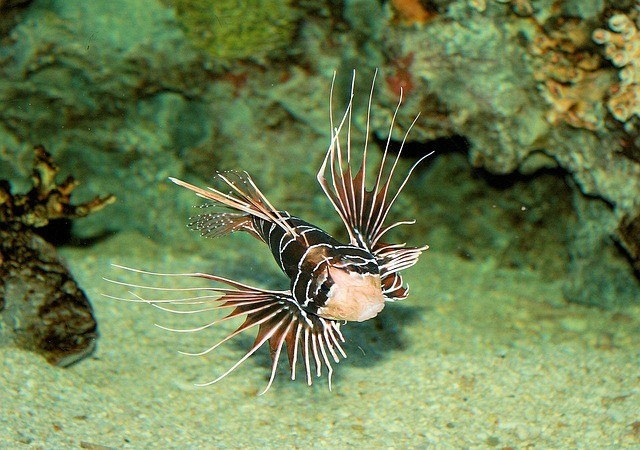
The discovery of a large watery desert in the Maldives by aquanauts exploring the depths up to 1,640 feet deep through a submarine mission investigates a deep-water mount with a living ecosystem that was not seen till now.
Nekton Maldives Mission
Scientists name it The Trapping Zone, which is about 1,640 feet deep, with countless fishes going there to partake of the local micro-nekton.
Micro-nekton is like zooplankton but is bigger by 2 to 20 centimeters compared to krill size. Such tiny creatures vigorously swim between the ocean's surface and bodies of water a kilometer deep, generating a vertical wave of migration every day and in the evening as bigger fish pursue them to feed.
The Nekton Maldives Mission will be the first investigation to methodically chart the ocean waters of the Maldives, a network of 26 coral archipelagos southwest of Sri Lanka and India. The mission is an enterprise of a non-profit research center of the same name, the Government of the Maldives, and scientists at the University of Oxford.
Researchers not only identified a significant variety of fish but also spotted a broad range of species, but also spotted tiger sharks, gill sharks, gulper sharks, scalloped hammerhead sharks, silky sharks, sand tiger sharks, and perhaps even rare bramble sharks.
'The Trapping Zone' Expedition
One of the researchers, marine scientist Lucy Woodall of the University of Oxford, discusses what is going on at 500 meters deep, wondering if there are other deeper regions, like a large watery desert oasis, that really can sustain marine life, such as this seamount in the Maldives, citing EurekAlert.
Seamounts and submerged volcanoes are ideal places for deep-sea life because of the way they entrap micro-nekton. Depending on specific assessments, the back-and-forth motion of fish through surrounding water every day is the largest global mass migration.
Zooplankton and micro-nekton appear to be the leaders of the pack. Nevertheless, despite the reality that micro-nekton make up a significant portion of the organic material in oceanic ecosystems, our understanding of their migration patterns and behavior patterns is inferior to that of zooplankton.
Micro-nekton constantly moves up and down the surrounding water, forming an unnoticed food supply for marine environments worldwide. Depending on certain projections, the overall mass of all micro-nekton in the world is much more than 10 billion metric tonnes, or 45 times the weight of all people collectively, reported Science Alert.
Oasis of Life in the Maldives
The bulk of what we know about such creatures dates from the 1960s and 1970s. Researchers have only recently started to pay more attention to them. Since micro-nekton would easily escape through fishing nets, they are not commercially hunted. Despite that, some important fishing species, like tuna, depend heavily upon micro-nekton.
The trapping zone recently found in the Maldives might enable scientists better to understand these ignored lifeforms in an entirely different way, potentially enabling improved open sea conservation measures. It is a unique ecosystem, as said by marine researcher Alex Rogers of the University of Oxford.
The newly discovered trapping zone is generating an oasis of life in the Maldives, and it's strongly likely to be present in those other oceanic islands and on the steep slopes of landmasses. A large watery desert nested in a seamount in the Maldives abundant in Nekton will be studied to understand more.








